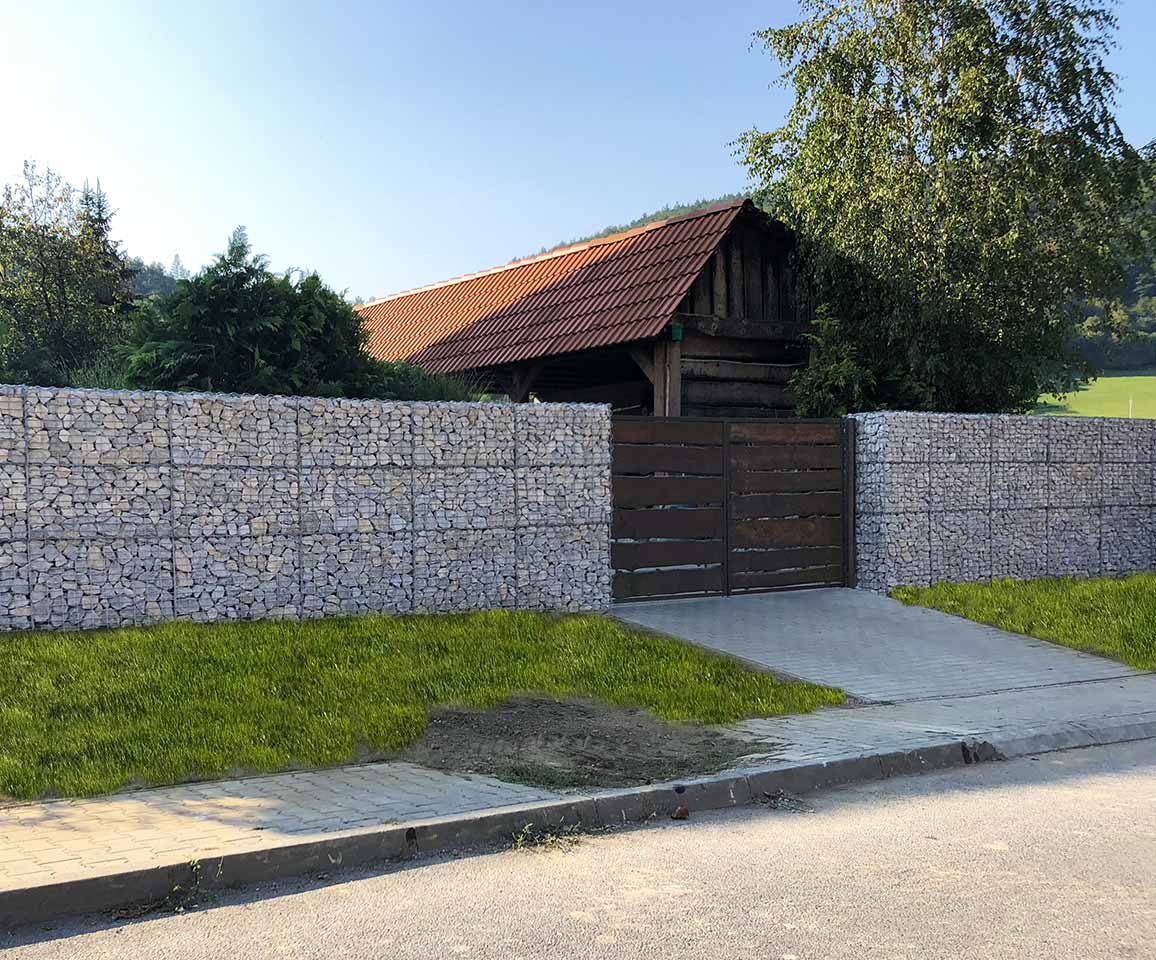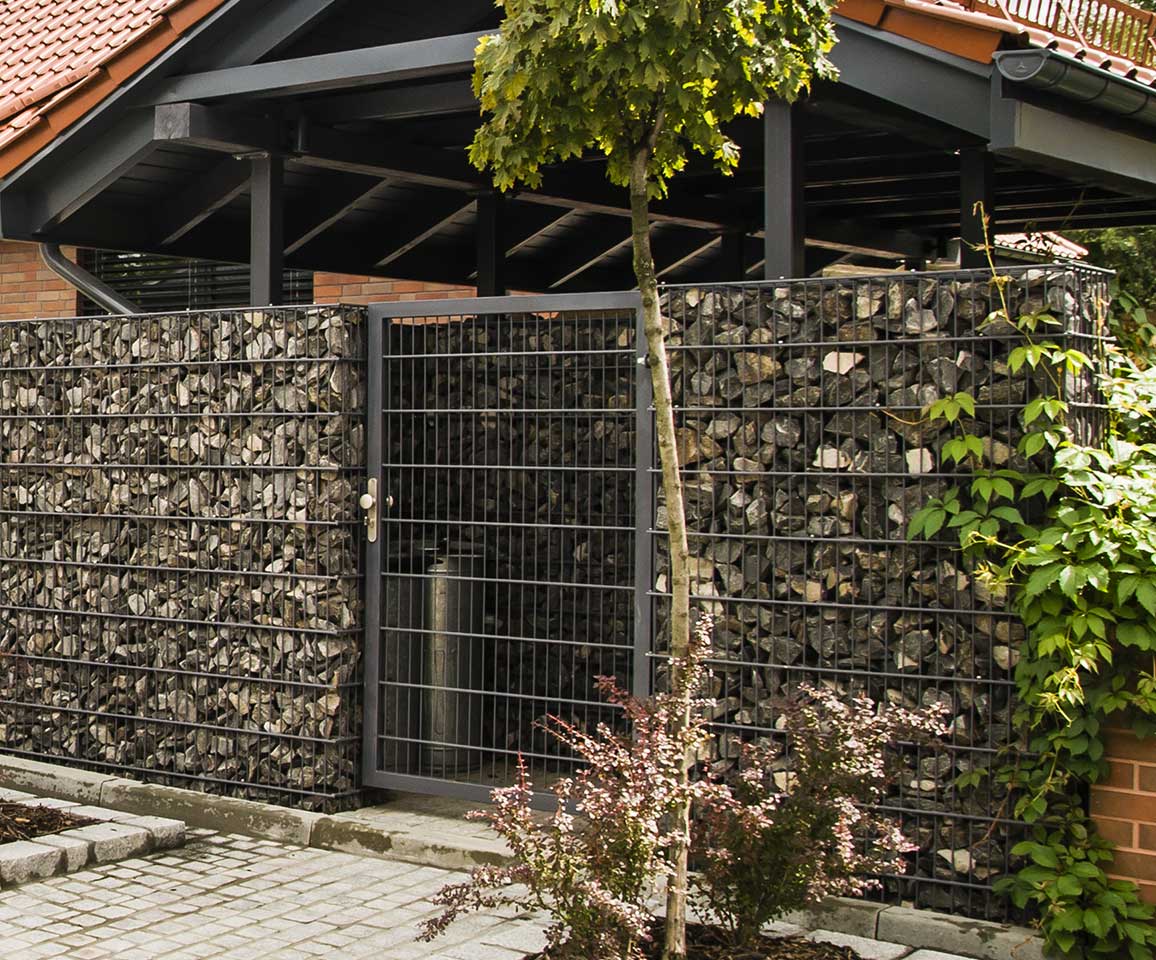Gates as Gatekeepers: Establishing Ownership and Controlling Entry with Style and Strength
Gates as Gatekeepers: Establishing Ownership and Controlling Entry with Style and Strength
Blog Article
How Modern Gates Define Residential Boundaries and Enhance Security Without Compromise
Gates have served for a long time two purposes in commercial and residential areas in defining the boundaries of access and limiting access. They are now more than just functional structures; they are architectural statements that reflect the owner's responsibility and security. When they are located at the entrance of a private home or a commercial building or even a huge estate the presence of gates (brány) sends a signal that the property is protected, maintained, and under control.

From a perspective of boundary Gates are the final aesthetic and structural element that ties in landscaping and fencing to mark the edge of a property. They represent more than the lines on an image. A well-designed gate confirms to those who visit it that the space beyond is secure or private, helping reduce confusion about where public space ends and private territory begins. Homeowners, it can provide peace of mind. Businesses can benefit from operations by keeping the premises tidy and restricting access to unnecessary areas.
Controlled access is one of the most important functions that gates perform, especially in settings where security and safety are top of the list. With the development of automated gate systems Keypad entry points, sensor-driven controls, the gate cannot be simply shut and opened manually. Property owners now have the ability to manage and monitor entry remotely or from inside a building. This reduces risks, limits uninvited guests, and improves overall safety for employees, residents, and assets.
In many cases the presence of a gate also hinders casual intruders. It introduces a psychological boundary that discourages unauthorized access even prior to a physical barrier being in place. This is especially essential in residential areas or in rural settings, where clearly marked boundaries are a way to prevent unintentional visits.

Furthermore, the design and construction of a gate contribute to a property's aesthetic appeal. Wrought iron gates, wooden sliders, or elegant aluminum designs make a statement about the design of the property and the style preferences of the homeowner. While functionality is the most important aspect, the visual impact of a gate must not be overlooked. It enhances curb appeal, improves the architectural integrity, and provides long-term value to the property.
In the end, gates serve a powerful purpose in determining the way property is perceived and protected. They establish clear limits as well as strengthen ownership. They also give control over who goes into and out. They can be used for security, privacy, or simply organization gates are not simply a structural feature They are also active participants in the management and identity that any home. Report this page